I have written quite a bit about the mysterious Mary Magdalene on this blog over the years, with an extensive new treatment on “How I changed my mind and why” in my book, The Jesus Discovery. I hope you will read the book if you have not. It has been somewhat left behind since my very popular Paul and Jesus came out at the same time in 2012 and got most of the attention. Some of the main blog posts from the past are: “There’s Something About Mary” (4-part series); “Mary Magdalene: First Witness and First Among the Apostles,” “Mary Magdalene: Wife, Sinner, Prostitute?” and the very popular guest post by Jeffrey Bütz, “Was Mary Magdalene the Same Person as Mary of Bethany?”
In addition I have just uploaded an illustrated slide Zoom class I gave on “Resurrecting Mary Magdalene,” to my new Youtube Channel. If you have not visited that site take a look. I have recently posted over 30 new videos and the traffic has been huge–topics cover just about every area I work in from the Dead Sea Scrolls to Waco. Be sure and Subscribe and hit the little bell if you want a notification of new uploads. I am trying to do about two or three a week currently–all new material. Here’s the bookmark: https://www.youtube.com/user/jamestaborvideos.
In this post I want to highlight some new research with a few observations and comments of my own. You may have read about the discovery of the synagogue at Magdala–also known in Hebrew as Migdal (Tower Town), on the northwest shores of the Sea of Galilee. If not see my post here: “Second Synagogue Found at Migdal–Presumed Home of Mary Magdalene.”
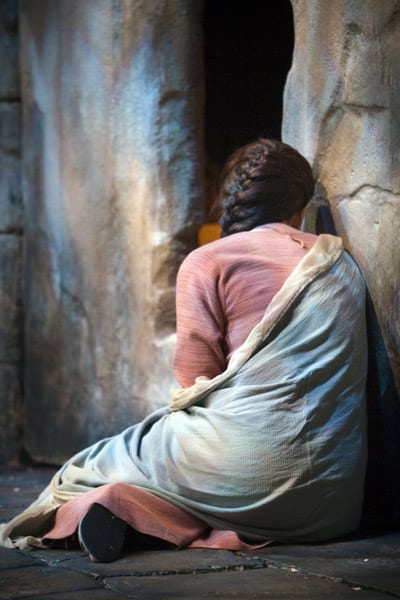
When I lead tours to Israel we always stop at Magdala, reputed to be the town of Mary Magdalene (BTW, we have a few spots open on our October Tour see info here). There are two issues involved in this identification, both under scrutiny of late.
First, is the town we know today as Magdala/Migdal properly identified? We know in the time of Jesus it was known in all our ancient sources. The first century Jewish historian Josephus knew it well and described it extensively (Antiquities. 14.120; 20.159; Jewish War 1.180; 2.252; Vita 32,). He calls it Tarichaea (Ταριχέαι)–“fish town”–for its notable fishing industry, particularly famous for its Roman fermented fish sauce, considered a delicacy, known as Garum. The problem is we are not sure whether the town we identify today is Tarichaea–though that seems likely, but even so, would it be the same as Migdal/Magdala? A history of these identifications is in the Wikipedia entry “Tarichaea,” worth visiting.
Second, even if we have the town rightly identified, does the woman we know in the New Testament as “Mary Magdalene,” (Μαρία ἡ Μαγδαληνή=lit. Maria the Magdalene) necessarily mean she got that name because she was from the town of Magdala?
Joan Taylor and Elizabeth Schroeder have recently published a significant study on these questions, see “The Meaning of ‘Magdalene’: A Review of the Evidence,” in the December 2021 issue of The Journal of Biblical Literature (2021) 140 (4): 751–773–you can read an abstract here. [1]This article is so important to the questions I mention here that I would highly recommend purchasing it if you don’t have access to the journal via JSTOR/MUSE or a subscription to JBL. Short of that here is a wonderful summary of the research of Schroeder (Ph.D. candidate at Duke as well as a song-writer!) and Taylor, from Religion News Service article by Yonat Shimron, linked here: “Was Mary Magdalene really from Magdala?” Taylor and Schroeder assert:
. . . they say, Magdalene may well be an honorific from the Hebrew and Aramaic roots for “tower” or “magnified.”
Just as the Apostle Peter is given the epithet “rock,” (“You are Peter, and on this rock I will build my Church”), Mary could well have acquired a title “Magdalene” meaning “tower of faith,” or “Mary the magnified.”
Although there have been various ways of understanding her name, no author prior to the sixth century identifies her as coming from a place beside the Sea of Galilee,” the authors write in the Journal of Biblical Literature’s December issue. “Several ancient authors actually understood Mary’s nickname to be rooted in her character rather than her provenance.”
In this post I will not so much comment on the location of the place as the possible meaning of the name–and consider a third alternative that many readers might find of interest. I do lean toward the interpretation of the name as honorific–whether “Mary the Tower,” is likely referring to her spirituality, or perhaps even her stature. One of the first to suggest this interpretation of “Mary the Tower” was Margret Starbird, in her 1993 book, The Woman with the Alabaster Jar. [2]For more on Starbird’s pioneering work and her subsequent books, see her web site: “Sacred Union in Christianity.” It seems like “Mary of Tower Town of the Fish” is less likely. So maybe the theological mythology we have invested in the Magdala site on the Sea of Galilee is unjustified historically. Perhaps, like so many of the Holy Land sites–it could very well be late and thus “bogus” in terms of authentic location. In my view that is true of even the revered “Church of the Holy Sepulcher” as well as Gordon’s Calvary–and yes, even the Via Dolorosa and Pilate’s judgment seat, see my posts: “Locating Golgotha” and “Standing Again with Jesus: Ecco Home Revisited.”
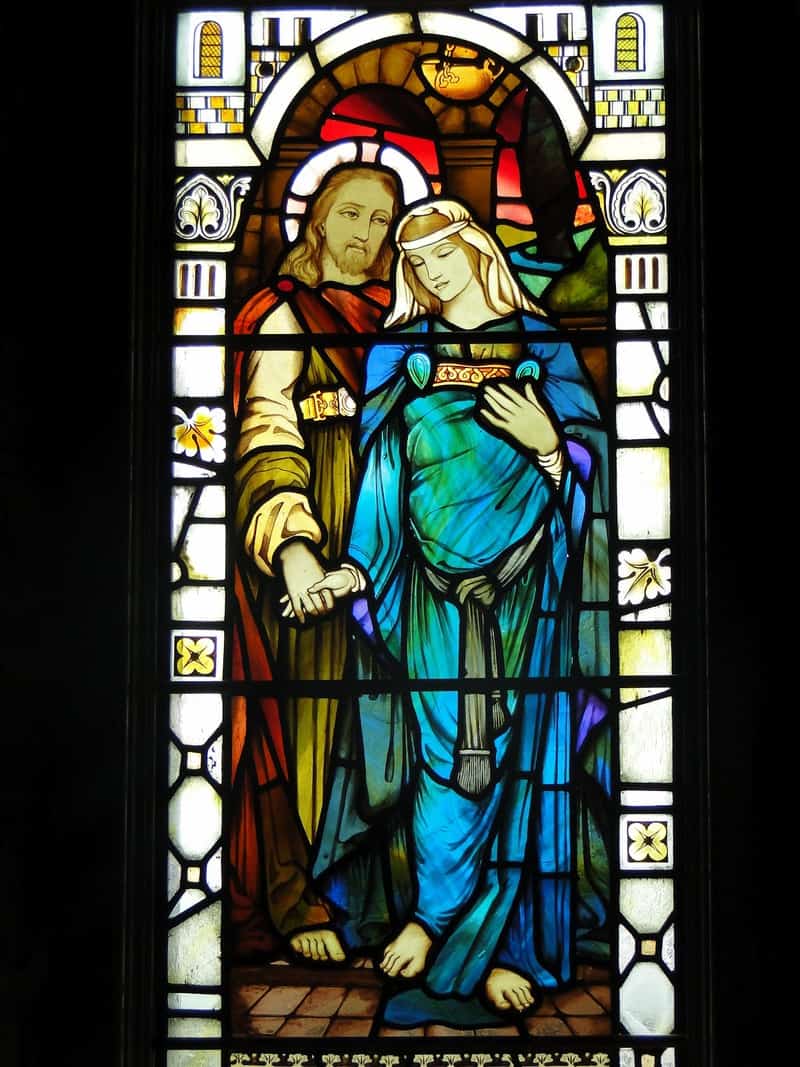
A third alternative comes from Rabbinic tradition, where Mary the mother of Jesus and Mary Magdalene seem to be sometimes confused. In one text from the Babylonian Talmud (Chagiga 4.2) Jesus’ mother is called “Miriam the hairdresser” and is confused with “Miriam the baby-tender.” The Aramaic is the same: מרים מגדלא–literally Miriam Magdalah, or Miraim who “makes grow” or “makes large.” The casual verb here–גכל–could be referring to hair dressing or raising a baby. The latter can be understood as either a mother pregnant with a child or tending a child–or even raising and guiding a child. It appears to refer to the one we know in the New Testament as “Mary Magdalene.” So this reference might provide some obscure evidence of Mary that might connect with the idea of her as a close companion and leader among the apostles–or even the mother of his child.
At that point we are left in the dark–unless one wants to consider the latest evidence from the Talpiot “Jesus” tomb, which now includes James the brother of Jesus, considerably strengthening the association of the six names in the tomb with the historical family of Jesus. For an extensive compilation of all the latest, see the composite post: “In Depth Reading on the Talpiot ‘Jesus Family’ Tomb.” Also, if you use Facebook there is a very fascinating and active Group you might check out–with ongoing discussions of everything related to this Talpiot site: Talpiot Tomb Group. Whatever your view of this tomb, you are welcome to join the group and either just lurk and browse or jump in and be part of the discussion!

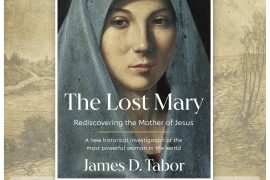

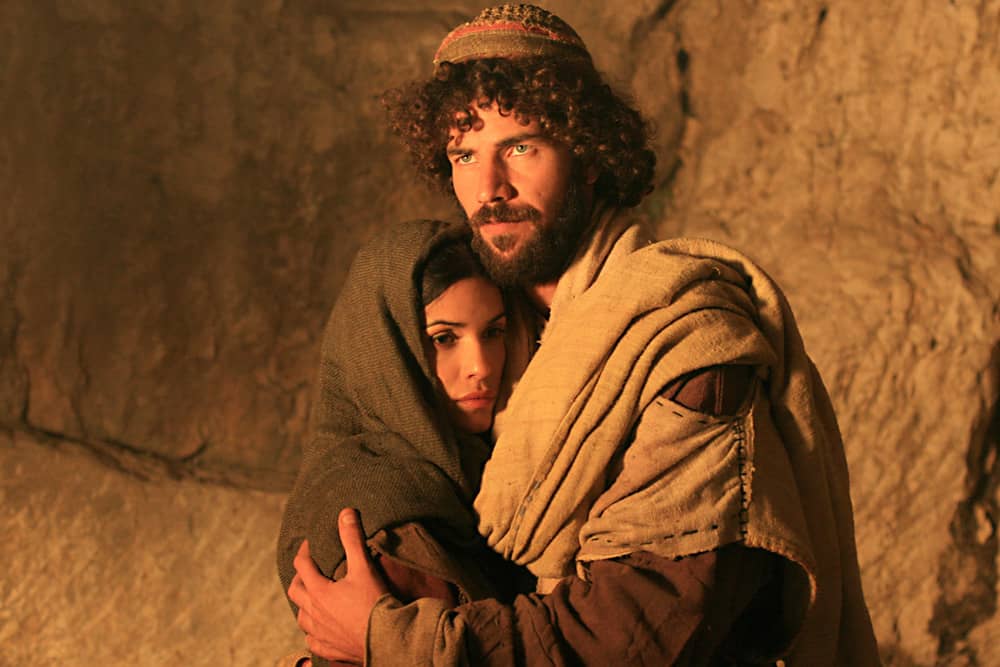
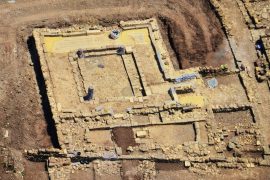
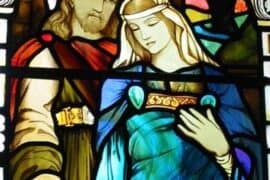


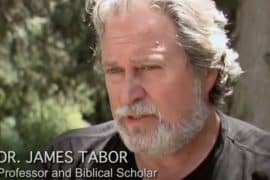
Comments are closed.